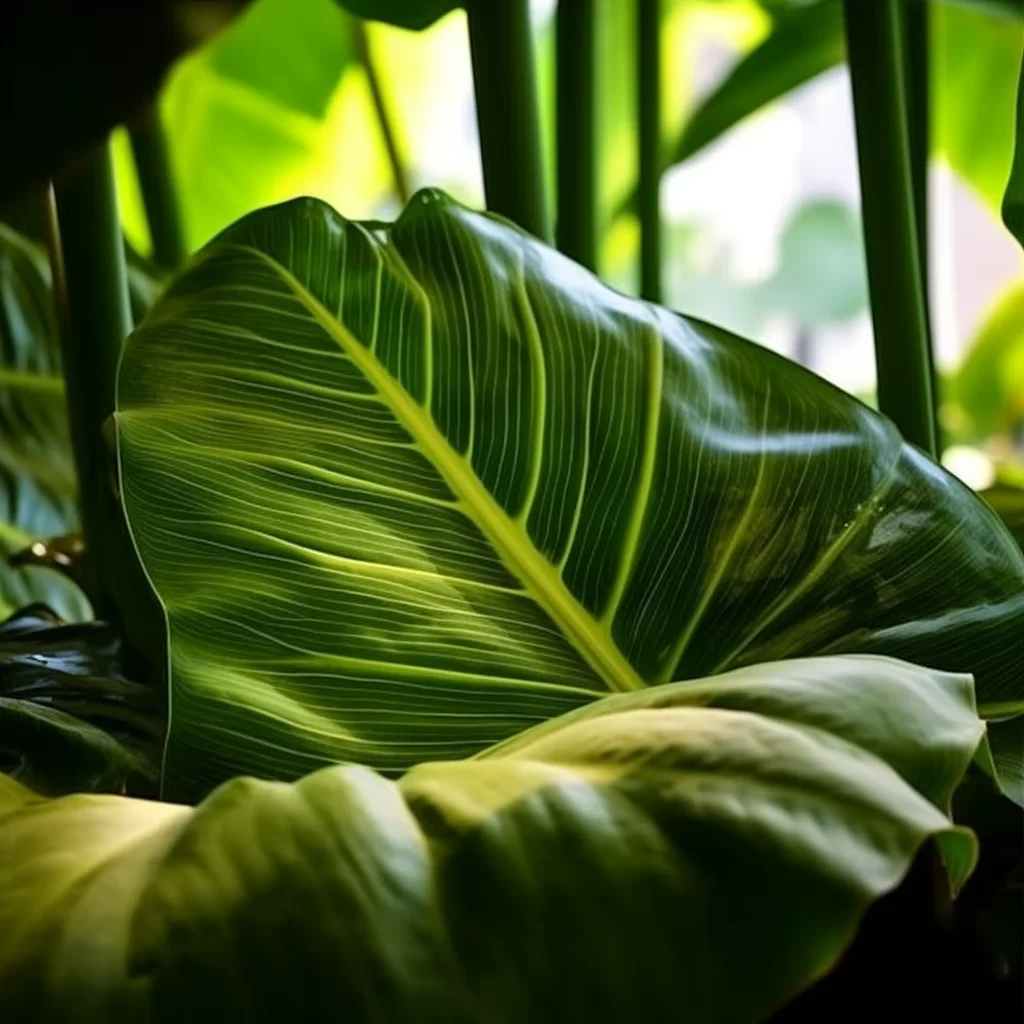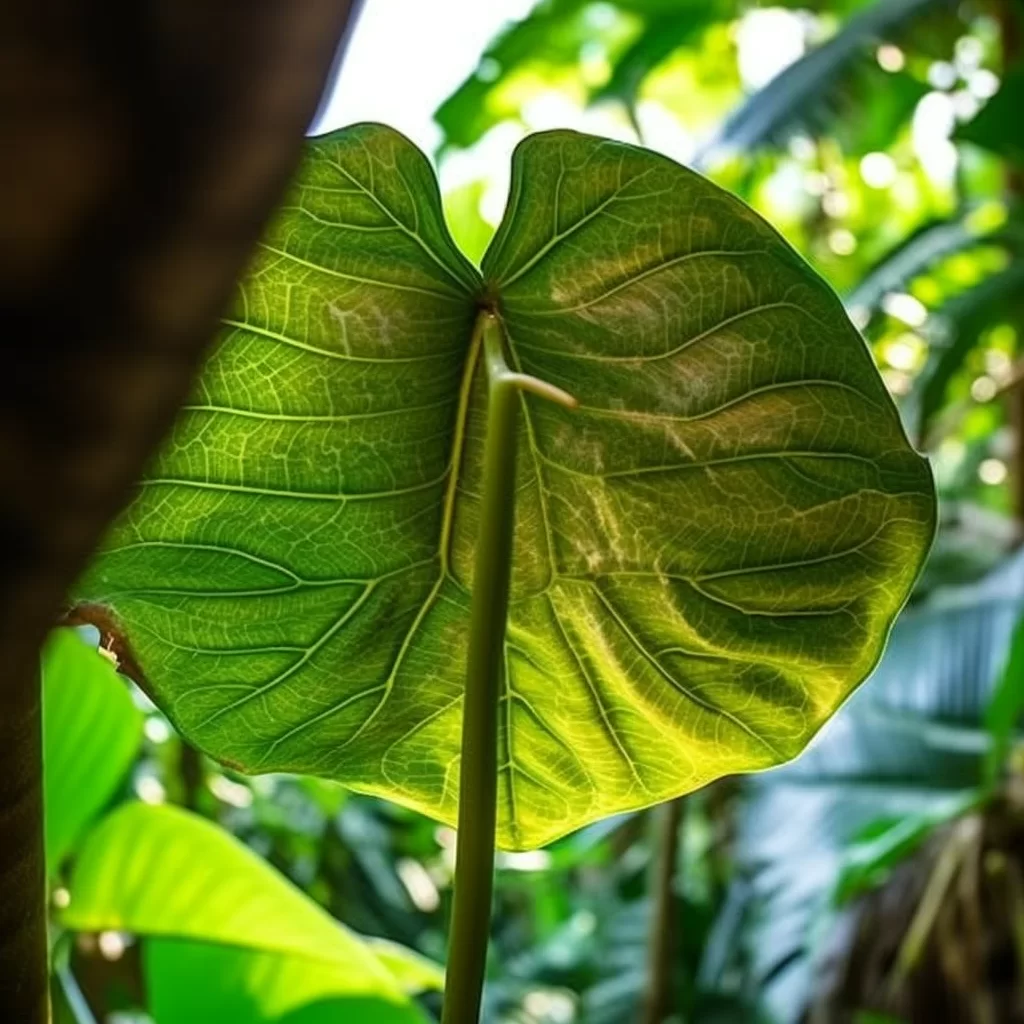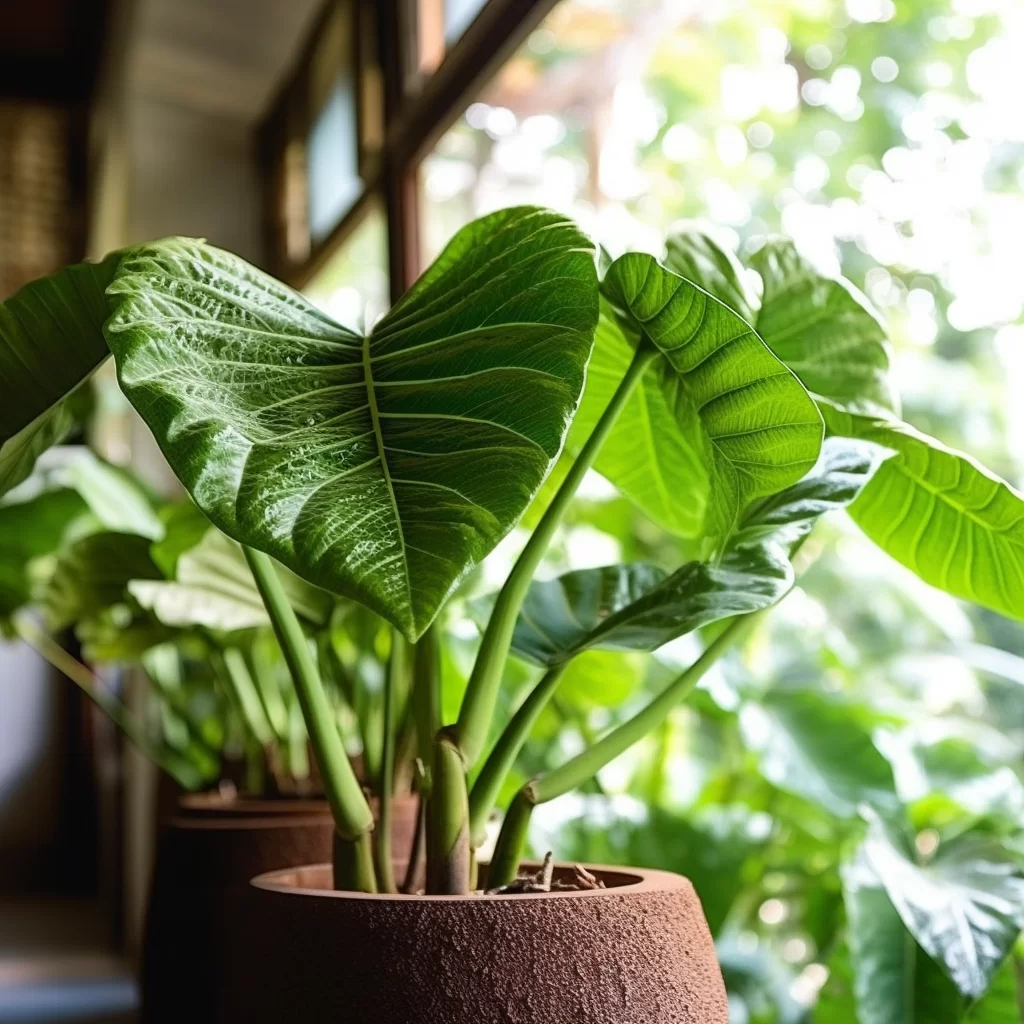Story of Day :
Contents
- 1 The Complete Guide to Alocasia Elephant Ear Plant: Care Tips and More
- 2 Overview of the Alocasia Elephant Ear Plant
- 3 Care Tips for Your Alocasia Elephant Ear Plant
- 4 Potting and Propagation of Your Alocasia Elephant Ear Plant
- 5 Pests and Diseases That Can Affect Your Alocasia Elephant Ear Plant
- 6 The Bottom Line on Growing an Alocasia Elephant Ear Plant
The Complete Guide to Alocasia Elephant Ear Plant: Care Tips and More
Are you looking for a stunning tropical plant to add to your indoor garden? Look no further than the Alocasia elephant ear plant.
This unique and exotic plant is known for its large, arrow-shaped leaves that resemble elephant ears.
Overview of the Alocasia Elephant Ear Plant
The Alocasia elephant ear plant, also known as African mask or Amazonian elephant’s ear, is native to Southeast Asia and belongs to the Araceae family.
It’s commonly grown as an indoor houseplant but can also be enjoyed outdoors in warmer climates.
The most striking feature of this plant is undoubtedly its leaves.
They can grow up to three feet long and range in color from green to dark purple or even black.
The foliage has a shiny, textured surface that gives it a luxurious appearance.

Care Tips for Your Alocasia Elephant Ear Plant
- Light: These plants thrive in bright, indirect light.
Avoid placing them in direct sunlight as it can scorch their leaves.
- Watering: Keep the soil moist but avoid over-watering.
You can stick your finger into the soil about an inch deep – if it feels dry, it’s time to water again.
- Humidity: Being tropical plants, they require high humidity levels ranging from 60-80%.
Consider using a humidifier or placing them on top of pebble trays filled with water.”
- Fertilizer:Alocasias need regular feeding during spring through summer when they are actively growing.
Feed them with balanced liquid fertilizer every two weeks.”
- Soil: The Alocasia elephant ear plant prefers well-draining soil that’s rich in organic matter.
Potting and Propagation of Your Alocasia Elephant Ear Plant
You should repot your Alocasia every two years or when its roots start to outgrow the pot.
When repotting, choose a container that’s one size larger than the previous one and use fresh potting soil.

If you’d like to propagate your plant, you can do so through division or stem cuttings.
To divide, gently remove the plant from its pot and separate any offshoots with their own roots.
Repot each new division into a separate container.
Pests and Diseases That Can Affect Your Alocasia Elephant Ear Plant
Alocasias are relatively hardy plants but can still be susceptible to certain pests and diseases such as spider mites, scale insects, root rot, bacterial blight among others.. If you notice any issues with your plant’s health or appearance., take immediate action by inspecting regularly for signs of these problems so they can be addressed before they cause serious damage.”
The Bottom Line on Growing an Alocasia Elephant Ear Plant
Growing an Alocasia elephant ear plant is a rewarding experience that anyone who loves tropical plants should try.
With proper care like watering when needed , providing enough sunlight but not too much , high humidity levels; these stunning plants will flourish in no time.
Take note of possible pest infestations as well as diseases to keep them thriving healthy!
